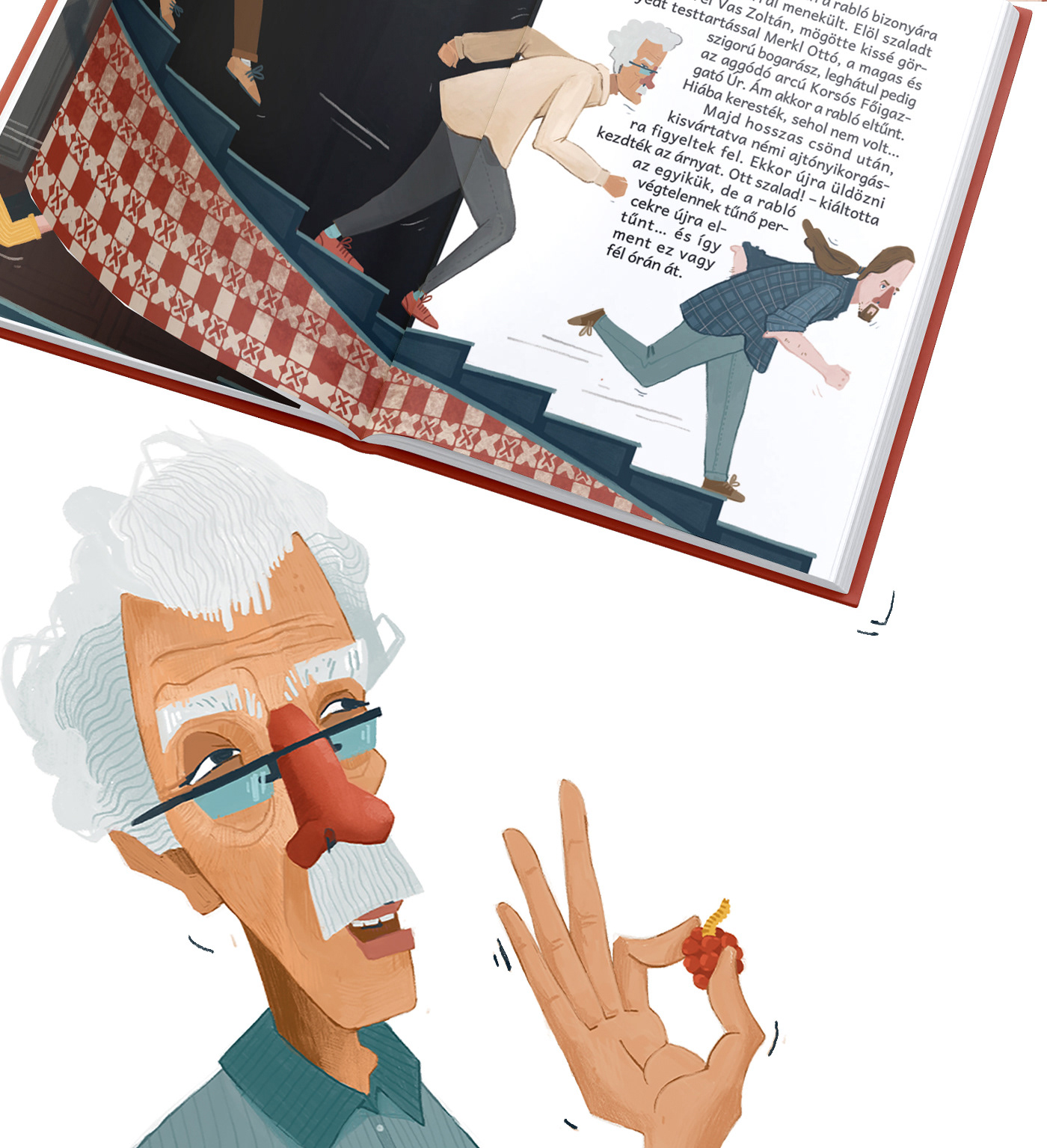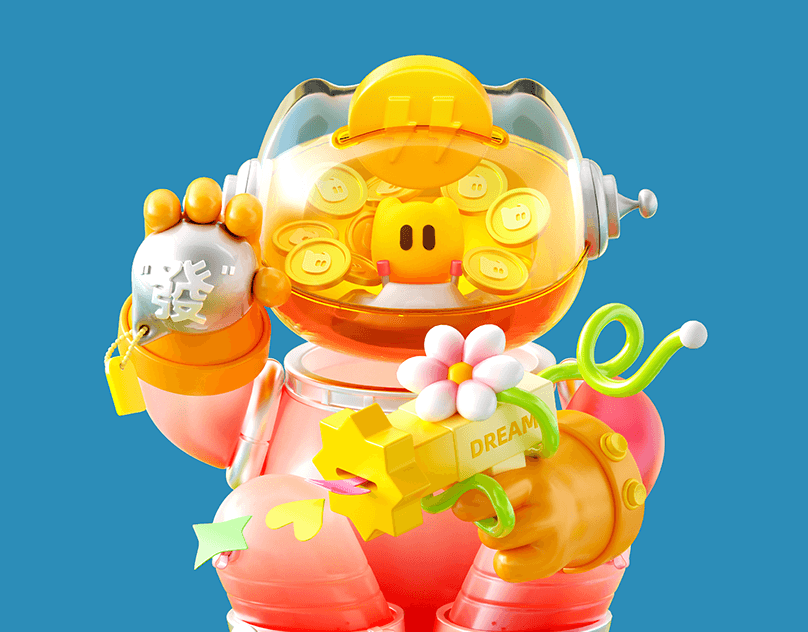







The ELKH Ecological Research Center published a storybook entitled The Hijacking of a Type Specimen, written by one of the institute's researchers, Lajos Rózsa, and his pictures were drawn by Dóri Oláh. The story introduces the young reader to the mysteries of zoological research through a robbery at the Museum of Natural History. The book also commemorates the recently deceased two famous insects, Otto Merkl and László Papp.
hungarian / source
Preserving the diversity of wildlife must be made a way of life for children at a very young age, say the staff of the Ecological Research Center. However, addressing the children is not an easy task, so the researchers turned to a different tool and wrote a picture book for the children. In the story book The Abduction of a Type Specimen, the scientists at the Museum of Natural History solve the complications surrounding the naming and abduction of a new species of beetle for science.
Although the atmosphere of the storybook radiates the excitement of science and the joy of discovery, it also refers to the worrying ecological situation of our time, which, among other things, has the potential to improve by shaping the mindset of the little ones.
“People often misunderstand the goals and achievements of the natural sciences. This led me to show the beautiful face of the research as well, says Lajos Rózsa, scientific advisor at the Institute of Evolutionary Sciences, author of the book. "I wanted to bring the everyday life of science close to the children, to show them the importance of a single beetle, and the greatness of the people who deal with it, to meet real heroes in fairy tales."
The discipline of taxonomists dealing with animal taxonomy is considered obsolete by many, even colleagues. However, according to Lajos Rózsa, the discovery and naming of new animal species remains a key starting point for the exploration of biodiversity, and through this it contributes to the conservation of our planet's wildlife.
This is why the classification of new species and the process of naming them play an important role in the background of the adventurous story. The scenery of the book is given by the Museum of Natural History, whose antique milieu is handed over by graphic artist Dóri Oláh by capturing seemingly insignificant details such as the fire alarm clock in the inner courtyard or the depiction of hundred-year-old furniture.
“In this ancient environment, excellent researchers deliver fantastic scientific performance. If we understand the significance of their work, we also understand the severity of the ecological crisis threatening the future of our planet - continues Lajos Rózsa. “There is no doubt that many people today have embraced certain elements of ecological thinking. Selective waste collection, for example, has become commonplace, and the majority is already beginning to feel that the diversity of terrestrial life of which we are a part is an irreplaceable treasure. It is a great thing that we can live in such a world, as there would simply be no air, no food and no drinking water if there were no other living beings on the planet. But we need to make ourselves aware of this fact so that we never forget the importance of preservation. ”
According to the author, children must also be shown that the real values, the real guarantees of the future, lie in a lifestyle that protects the environment. The researcher also stressed that nature must be constantly discovered, described and, above all, preserved.
Hungarian ecologists and taxonomists also play their part in the practice of conserving biodiversity, as they develop specific species and habitat protection programs, but according to the researcher, the basic research they carry out is at least as important.
“We can’t defend what we don’t know. In order to get to know it, however, it is necessary to describe perhaps the most important units of the living world, the species - argues Lajos Rózsa. - If we cannot name the species studied, our scientific work will be incomprehensible. Thus, one important basis of biology is the exploration of species-level diversity. My book is about that - and the great people who do this work. ”
hungarian / source







